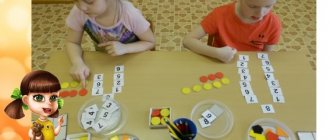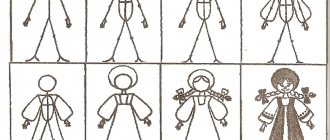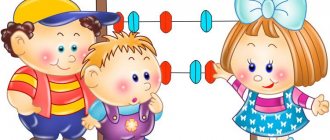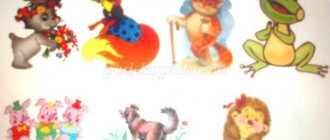What mathematical concepts do children in the second junior group study?
In order for FEMP planning in a group to be as competent and effective as possible, it is important to understand what concepts are accessible to the intelligence of children at this age.
So, the 2nd youngest learns to operate with the following concepts:
- Quantity. My task at this stage is to develop the children’s ability to understand and identify the common feature of objects of one group: these oranges are all orange, round, large. We learn to independently group objects according to the same characteristics: select all red balls, all small ones, etc. Understand the meaning of the words one, many, none, one at a time. Understand the concept of “how much” and be able to give an answer using the words many, one, none.
We also learn to make a simple comparative analysis of identical and unequal quantities or groups of objects through mutual comparison of objects. We begin to understand the concept of equal, not equal, what is more, what is less.
- Magnitude. Again, we understand the meaning of concepts through comparison of objects or groups of objects: by comparing them with each other, we realize which of them is large and small in size. By comparing by height, we will understand which object is tall and low. Similarly, in length - long, short, and in width - narrow, wide. We also compare identical or different objects according to a given parameter (height, width, etc.);
- Form. We study geometric shapes: triangle, circle, square. We learn to explore the shape of objects through vision and touch. We understand that a circle has no corners, beginning or end. It is convenient to use surrounding objects to study geometric shapes;
- Space. We learn to navigate in space, to understand what is in front, behind, above, below. At the same time, we learn where our right hand is and where our left hand is. When learning these concepts, I use furniture in a group setting, it makes it easier to explain: the chair is in front or to the right. Often, before preparation and even later, children confuse right and left. To prevent this, individual work with children who find it difficult to navigate in space is appropriate;
- Time. Cognitive development in this direction is carried out by studying the signs by which night or day, morning or evening are determined.




